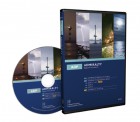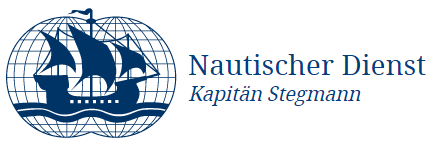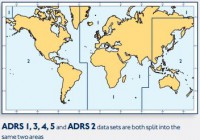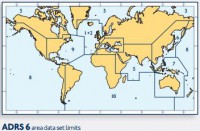The Admirality Digital Publications (ADP)

The Admiralty Digital Publications (ADP) CD includes all Admiralty digital publications. The multi-award winning Admiralty TotalTide shares a common user-friendly interface with the Admiralty Digital List of Lights and the Admiralty Digital Radio Signals, all of which can be licensed, installed, used and updated at the same time.
ADLL

The Admiralty Digital List of Lights provides light and fog signal information for more than 70,000 unique light structures worldwide. Users can get weekly updates by email and CD or access the information online as soon as it becomes available. It is now accepted in place of the paper version by a growing number of flag states.
ADRS (ADMIRALTY Digital Radio Signals)
Aiding ongoing safety, security and compliance, ADRS helps mariners to manage communications and meet reporting regulations. ADMIRALTY List of Radio Signals is the world’s most comprehensive and authoritative source of information on all aspects of maritime radio communication. Now available in digital format making it easier to search and update than paper publications.
- ADRS 1, 3, 4, 5 – gives radio communications details for the relay of information on weather, safety, pollution, quarantines, Telemedical Assistance Services (TMAS) and GMDSS.
- ADRS 2 – a range of compliant, digital positional and timekeeping references to help ensure ships are at the right place at the right time.
- ADRS 6 – essential maritime radio communications information for 3,600 service locations worldwide, including pilot services, VesselTraffic Services and port operations.
ATT

The world's most comprehensive tidal prediction program provides fast, accurate tidal height and tidal stream predictions. The software automates the prediction process, reduces the possibility of user error and provides an easy means of viewing both under keel and safe overhead clearances. It contains tidal information for over 7,000 ports and more than 3,000 tidal stream stations worldwide. It is now accepted in place of the paper tide tables as carriage compliant by a large (and growing) number of flag states.



